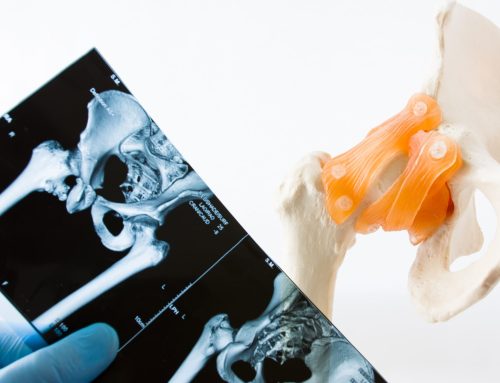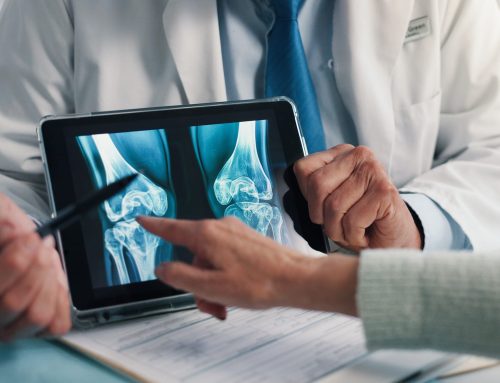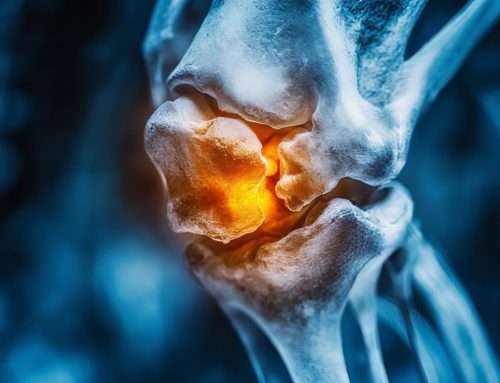Shoulder instability is unsettling. One moment your shoulder feels strong, and the next it slips, clicks, or gives out entirely. Whether triggered by a sports injury, repetitive motion, or a previous dislocation, instability often points to damage in the ligaments or tendons that are meant to keep your joint secure.
While some cases respond well to physiotherapy and rest, others require a more advanced approach—including tendon surgeries designed to restore long-term stability.

In this article, we’ll look at the causes of shoulder instability, how soft tissue damage contributes to the issue, and when ligament repair may be the next appropriate step. If you’ve been told your shoulder is “loose” or have experienced multiple dislocations, this information is for you.
TL;DR
- If your shoulder feels unstable, slips out of place, or has dislocated more than once, it may point to ligament or tendon damage.
- Non-surgical treatments like physiotherapy and bracing are often effective, but not always enough.
- Surgical ligament repair may be recommended when instability persists, especially if imaging shows soft tissue damage.
- At Gateway Surgery, our specialists provide timely evaluations and personalized options for complex tendon surgeries.
What Is Shoulder Instability?
Shoulder instability happens when the ball of the upper arm bone (humerus) moves too far out of its socket. This can range from a partial shift (subluxation) to a complete dislocation.
Instability may stem from ligament injury after a traumatic event or from gradual overuse—especially in activities involving repetitive overhead movement. Some people are also more prone to instability due to naturally loose ligaments.
The shoulder’s stability relies on a combination of muscles, tendons, and ligaments. Ligaments act like seatbelts, limiting excessive motion. When they become overstretched or torn, the joint can feel unstable, particularly during certain arm movements.
Dealing with shoulder pain that won’t go away?
Ongoing discomfort could be a sign of something more.
Learn when it’s time to consider surgery →
When Is Ligament Repair Necessary?
Most shoulder instability cases begin with non-surgical treatments, including:
- Rest and activity modification
- Physiotherapy to strengthen surrounding muscles
- Bracing or taping to support the joint
However, if symptoms persist or the shoulder continues to dislocate, ligament repair may be recommended.
You may be a candidate for surgical repair if you’re experiencing:
🔹 Repeated shoulder dislocations, even with minimal force.
🔹 Persistent feelings of looseness or instability, despite rehab.
🔹 Labral tears or stretched ligaments are visible on imaging.
🔹 Structural damage from trauma, like a sports injury or fall.
In these situations, surgeons may consider tendon surgeries like ligament repair or labral reconstruction to restore shoulder stability.
Addressing instability early can help prevent further damage, including cartilage wear or chronic pain. For active individuals or those with recurrent dislocations, early intervention may protect long-term joint function and mobility.
Surgery is just one part of the process.
From consultation to rehab, true recovery requires coordinated care.
See how Gateway Surgery supports you at every stage →
What Does Ligament Repair Involve?
Ligament repair is typically performed arthroscopically using small incisions and a camera-guided tool to minimize tissue disruption and speed up recovery.
Common procedures include:
- Bankart repair: Reattaching the torn labrum to help stabilize the shoulder socket.
- Capsular shift: Tightening loose ligaments or joint capsule tissue to reduce excessive motion.
- Distal Tibial Allograft or Latarjet: Adding additional bone to the socket portion in conjunction with repairing the soft tissues when there has been damage to the socket from the dislocations.
All approaches aim to secure the shoulder joint by restoring soft tissue support.
Most patients return home the same day. A sling is typically worn for several weeks, followed by a personalized rehabilitation program focused on restoring range of motion, strength, and control.
For individuals who place high demands on shoulder function (like athletes or tradespeople), recovery may take longer, but outcomes are often excellent with proper care.
Why Specialization Matters in Ligament Repair
Not all cases of shoulder instability are straightforward. Diagnosing the cause, whether it’s ligament laxity, labral damage, or tendon involvement, requires a skilled assessment.
Tendon surgeries like ligament repair must be tailored to each patient’s anatomy, activity level, and long-term goals.
Gateway Surgery’s orthopedic specialists bring experience in diagnosing and treating complex soft tissue conditions. We offer timely access to surgical consultations and a patient-centered approach to care planning so you feel supported at every stage.
Is Ligament Repair Your Best Option?
If shoulder instability is disrupting your daily life or making you think twice about certain movements, it may be time to consider your next steps.
You might consider surgical repair if:
→ Your shoulder has dislocated more than once.
→ You feel a persistent slipping, catching, or “loose” sensation.
→ You’ve already tried physiotherapy without lasting results.
These symptoms could suggest that your shoulder needs more than conservative treatment. A consultation at Gateway Surgery can help determine whether surgery may be appropriate for your situation.
Reclaim Stability: Talk to Gateway Surgery Today
If shoulder instability is impacting your lifestyle, confidence, or ability to stay active, it may be time to speak with a specialist.
Gateway Surgery provides timely, expert care for patients facing complex tendon and ligament conditions. Book a consultation to find out if ligament repair is the right choice for your shoulder instability.




